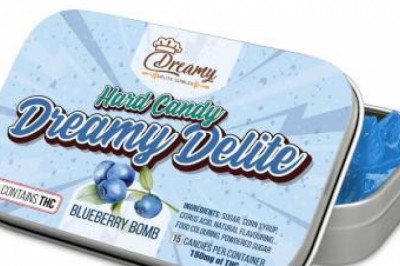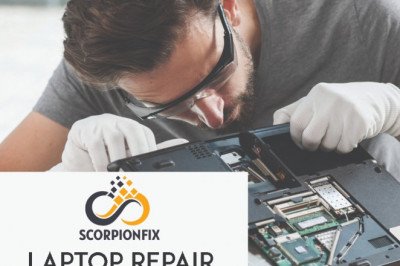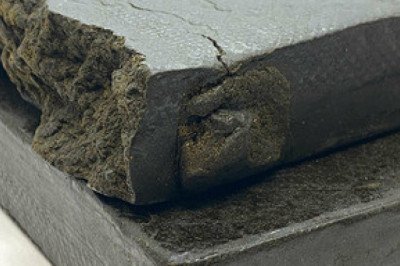views
The roller is a structural component with a high degree of standardization, serialization and generalization in paper machine applications. The number and types of rollers involved in the whole machine are many and play a diverse role in the whole process of paper machine equipment operation, so the quality of the roller directly determines whether the equipment can operate normally and its performance in terms of production efficiency, product quality and economic indicators.
A significant portion of traditional paper machine equipment rollers will use metal materials, but metal rollers have various drawbacks, such as the use of phosphor bronze manufactured vacuum paper guide rollers, glossy rollers, etc., due to the low hardness of copper roller surface, not wear-resistant, stiffness is poor, so in the production and maintenance process, must be used carefully to avoid collision caused by damage to its surface. With the increasing width of some equipment, the deflection deformation of the metal roller body will be increased several times, which then brings difficulties to the high-speed operation of the equipment. Although theoretically the deflection can be reduced by increasing the diameter of the roller body, but the resulting increase in equipment weight will bring more obstacles to the installation and use of parts, but also to produce equipment costs and operating costs increase and other problems.
In addition to this type of situation, paper machine roller parts are also commonly used in the process of fast speed and high load, which puts high demands on the strength, fatigue resistance, rigidity, wear resistance and corrosion resistance of the roller material.
Carbon fiber rollers are usually made of carbon fiber composites through winding process, which are multiphase materials with more obvious anisotropy, and these materials are usually characterized by superior physical and chemical properties and uniform distribution of internal interfaces. The carbon fiber composite material is light in weight and high in strength, and the carbon fiber composite material with less density can significantly reduce the weight of the rollers, effectively reduce the weight of the paper machine equipment as a whole, and effectively reduce the damage of the surface coating layer of the rollers and the fracture of the shaft head of the rollers caused by the increase of the deflection of the rollers due to the overload of the rollers and the speed of the rollers. This contributes to the reduction of operating costs while reducing the damage rate of roller parts.
On the other hand, carbon fiber composites are highly resistant to corrosion and fatigue, and rollers made of this material have a long service life, can adapt to large working temperature differences, are highly portable for installation and disassembly, and can reduce maintenance frequency in paper mills that require machines to run at high speeds for long periods of time, which is of outstanding significance for production safety and productivity.
At the same time, with the increasing speed of paper machine operation and the use of new structures, the rollers must be equipped with new requirements in terms of load direction, size and manufacturing accuracy, and the outer diameter size tolerance, dynamic balance, surface finish, cylindricity, coaxiality, etc. of the rollers are also important factors to consider. The domestic carbon fiber composite manufacturing technology can fully meet the above technical requirements. Take the carbon fiber composite coated roller as an example, the surface epoxy resin layer of carbon fiber composite material of the roller body is treated, so it is not easy to stick, the thickness of the coating is uniform, and the overall unevenness is controllered within 5g, which can effectively control the vibration and noise caused by high-speed operation. The strong corrosion resistance of carbon fiber can also resist the corrosion of polyvinyl acetate glue, and it is very easy to maintain and clean. Because of the small friction coefficient of epoxy resin layer after carbon fiber laying, the surface of rubber roller basically does not wear, reducing the occurrence of rubber leakage and rubber dumping on both sides, thus ensuring the cleanliness of the rubber roller area, largely solving the problem of easy damage to the rubber roller, and strongly ensuring the normal operation of the equipment and the stability of product quality.











